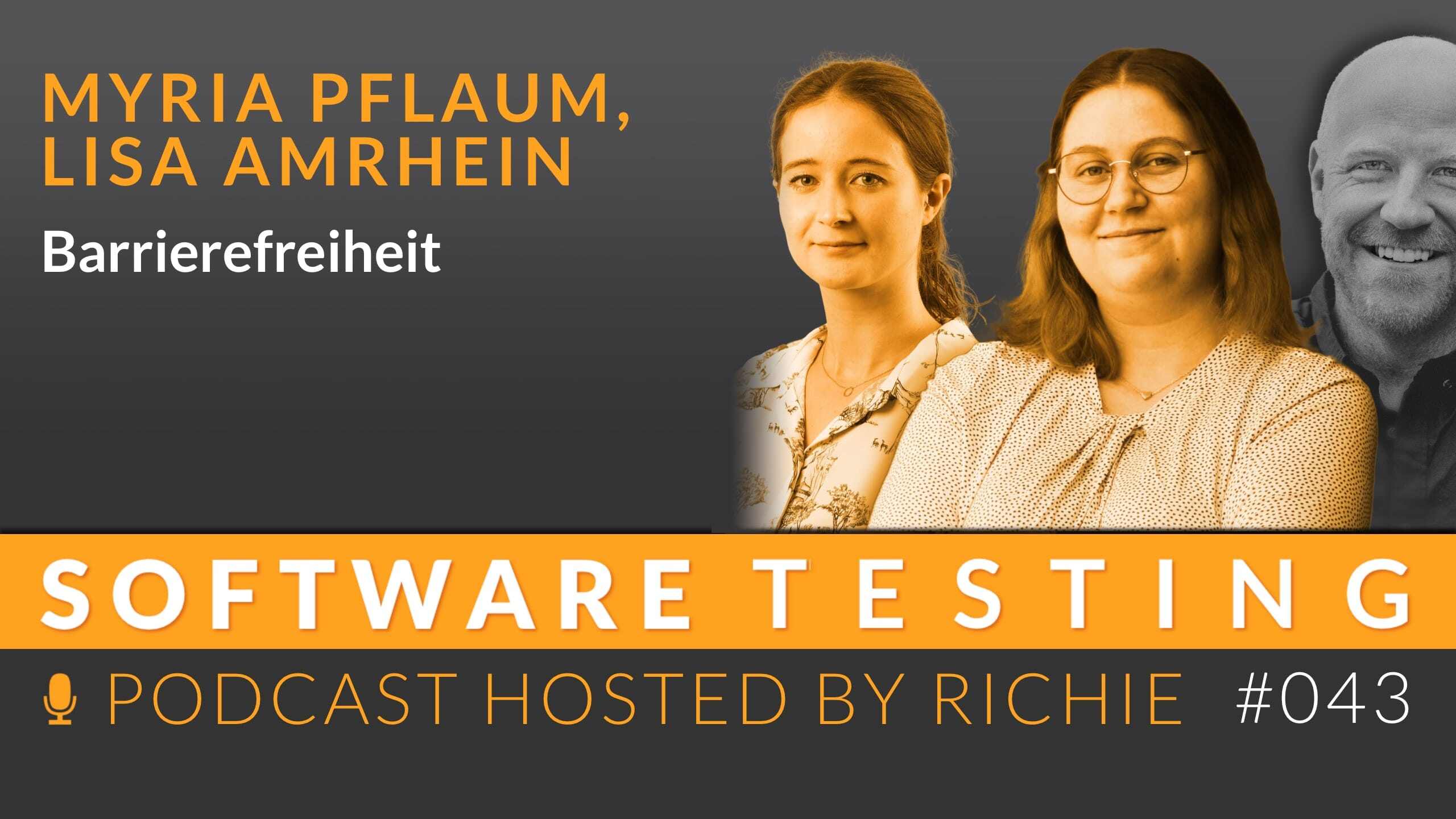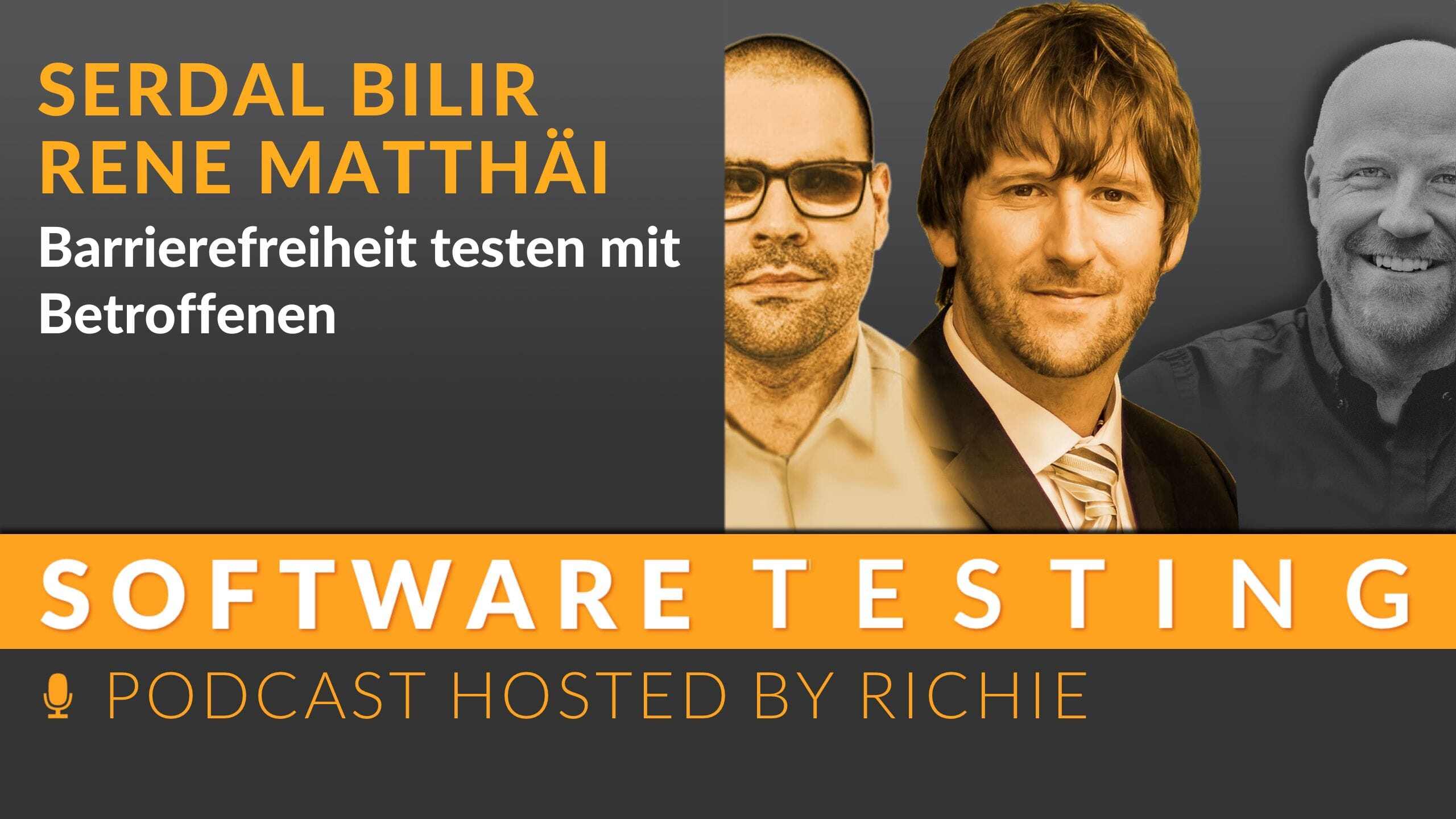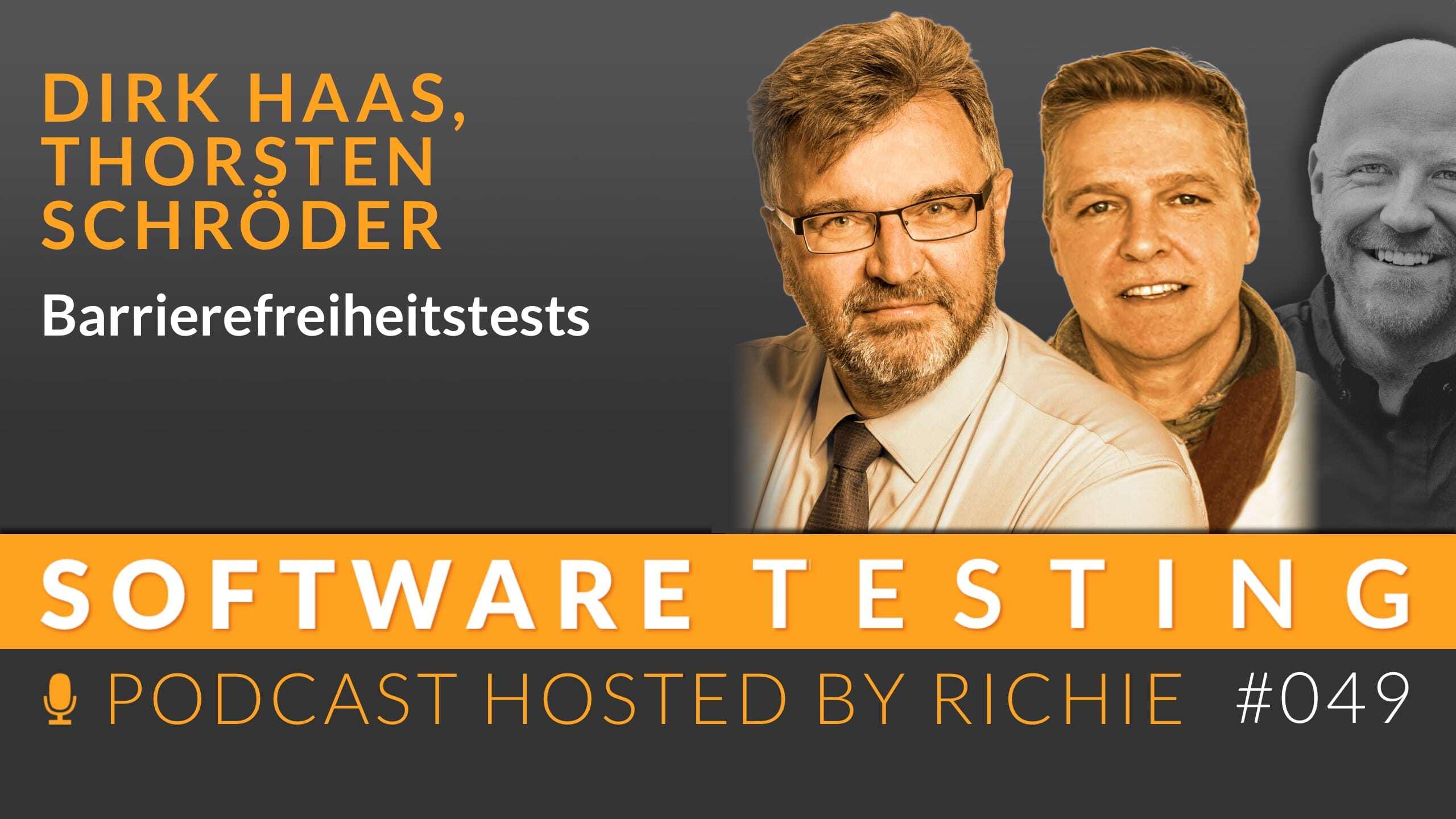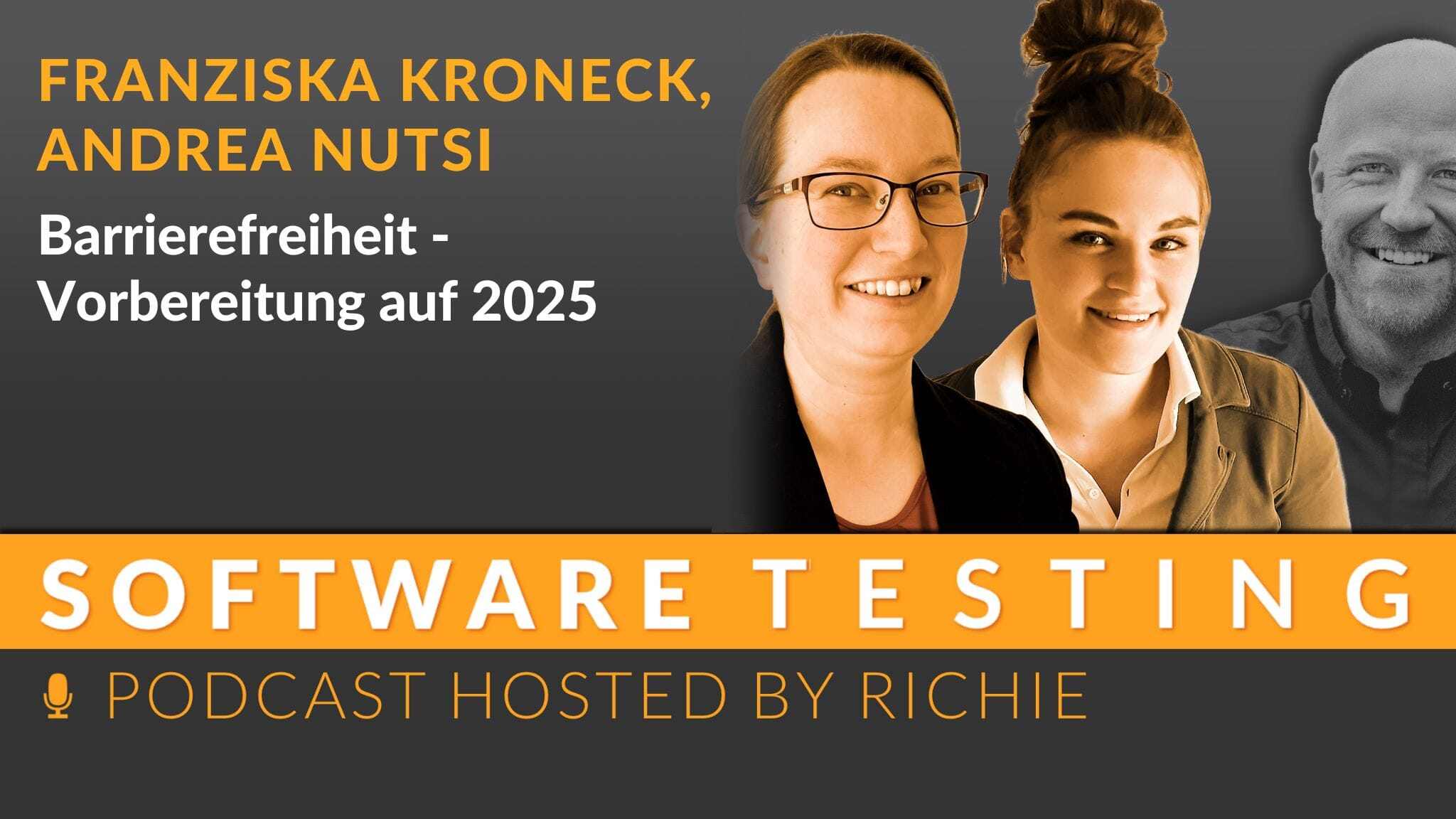Test accessibility with those affected
Accessibility in software development plays a central role in making digital products accessible to all people. It is particularly important to...

Accessibility enables participation. Everyone knows the ramp for wheelchairs or the floor guidance systems for blind people at crosswalks and train stations. Our digital world is not only getting bigger and bigger, but participation in this world is becoming increasingly essential. Digital accessibility exists so that people with disabilities can also participate. The experts Lisa and Myria tell us what exactly this looks like, what accessibility means for the development and testing of software and why it is beneficial to develop accessible software (or to make existing software accessible).
“What we often experience (…) is that you finish developing the application and then give it to the accessibility test, and then you get a hundred-page test report (…) and have to redo everything” - Myria Pflaum, Lisa Amrhein
Myria Pflaum has been with imbus AG since 2017 and works as a Senior Software Quality Engineer. During this time, she has worked in various industries in the areas of test automation, accessibility, mobile app testing, exploratory testing and project management. In the meantime, she mainly deals with development-related consulting on digital accessibility, testing for digital accessibility and holds workshops on digital accessibility.
Lisa Amrhein studied Business Informatics at Ansbach University of Applied Sciences until 2020. Since then she has been working as a Software Quality Engineer at imbus AG). From the very beginning, she has been dedicated to the topic of “digital accessibility” and has carried out test implementations in this area in several projects. Today, Lisa Amrhein not only works as a software tester in customer projects, but also provides advice and holds workshops on the topic of digital accessibility.
Highlights of this episode:
In this podcast episode, we dive into the topic of accessibility and discuss how software development teams and companies can implement accessibility. With experts Myria Pflaum and Lisa Anrhein, we shed light on what accessibility means, why it is so important today and give practical tips on how to get started with implementation.
Today’s topic revolves around something that came up again and again in your feedback emails: Accessibility. And who better to unravel this complex topic than our guests Myria Pflaum and Lisa Amrhein, both experts in the field? Together, we will explore what accessibility actually means, why it’s becoming a hot topic right now and how we as software developers and companies can ensure that our products are accessible to everyone.
Digital accessibility may still be a new concept for many. But essentially, it’s about designing digital products so that they can be used by everyone - regardless of physical limitations. As Lisa explains, this refers not only to obvious physical barriers, but also to the accessibility of websites, applications and software for people with different types of impairments.
Making the digital world an accessible place means taking into account the needs of all users. Lisa divides these users into five main groups: blind users, visually impaired users, motor impaired users, cognitively impaired users and auditory impaired users. Each group has its own challenges when using digital media, which indicates that a ‘one-size-fits-all’ solution will not work here.
As Lisa goes on to explain, public bodies in Germany have been obliged to make their digital products accessible since 2021. The European Accessibility Act will extend this to private companies from 2025. This legal framework is not only intended to encourage companies to implement accessibility. Rather, it is intended to create an awareness that digital accessibility is a fundamental right of all users.
For developers, implementing accessibility guidelines could be a challenge. But as Lisa points out, it’s crucial to integrate accessibility practices early on in the development process. This includes considering contrast ratios in design guidelines and ensuring keyboard operability for screen reader users. Training the development team on accessibility requirements is also important.
One key aspect is accessibility testing. Automated testing can uncover many barriers, but as Lisa points out, certain aspects require human judgment. Working with real users from the different target groups is crucial for a comprehensive understanding of usability from their perspective.

Accessibility in software development plays a central role in making digital products accessible to all people. It is particularly important to...

Accessibility in software development is not only a legal requirement, but also a sign of quality and user orientation. Accessibility testing...

The implementation of accessibility standards from 2025 presents companies in Germany with new challenges and opportunities. The new Accessibility...